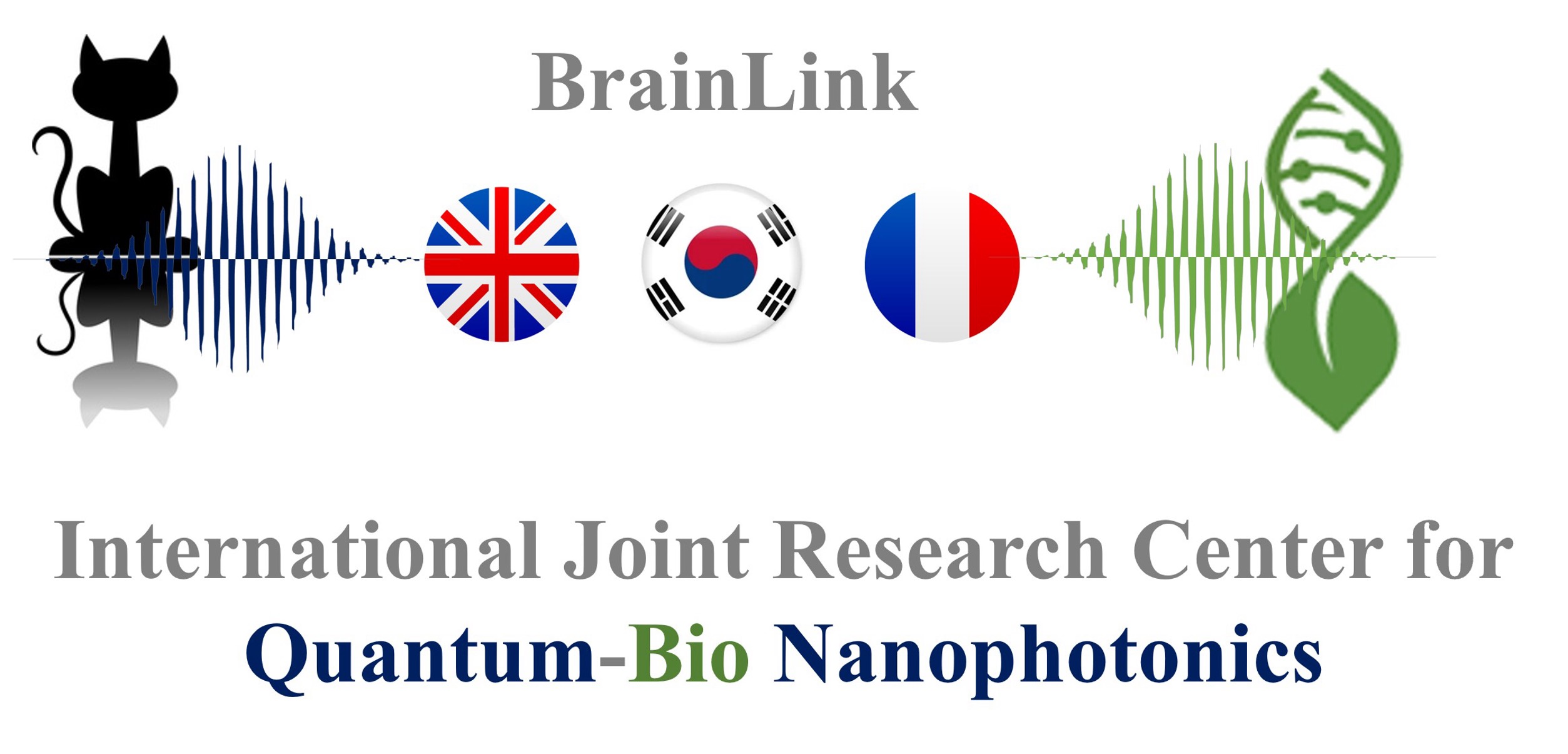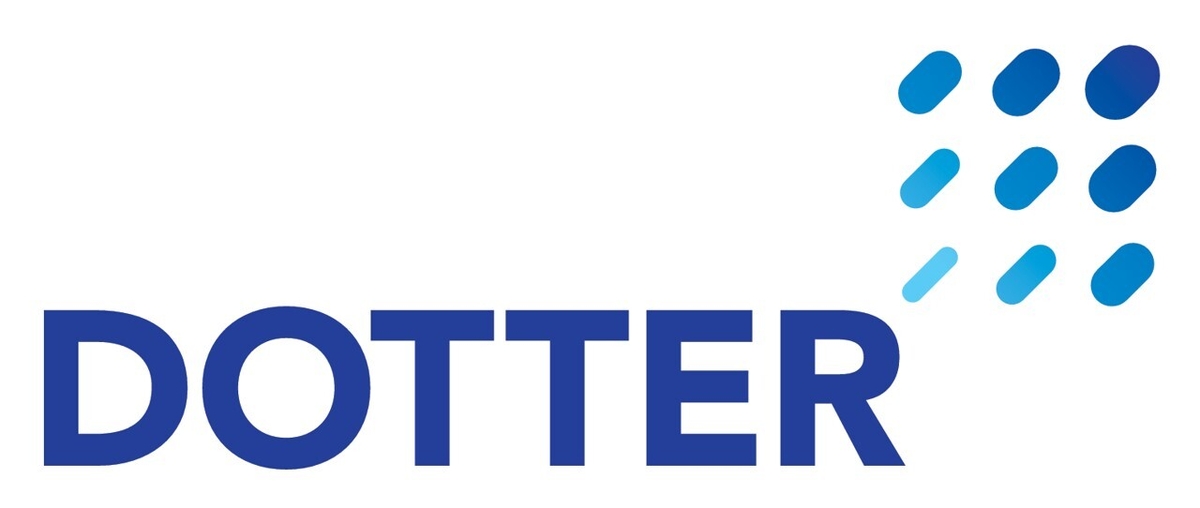Plenary Speakers
Plenary Talk I (💻 Online Presentation)

Prof. Lihong Wang
(California Institute of Technology, USA)
Presentation Title
Photoacoustic, Light-Speed, and Quantum Imaging
Date & Time
09:20~10:10, Oct. 30, 2025
Plenary Talk II

Prof. Qionghai Dai
(Tsinghua University, China)
Presentation Title
Mesoscale Intravital Fluorescence Microscopy: A Decades-Long Journey from Concept to Innovation
Date & Time
13:30~14:20, Oct. 31, 2025


























